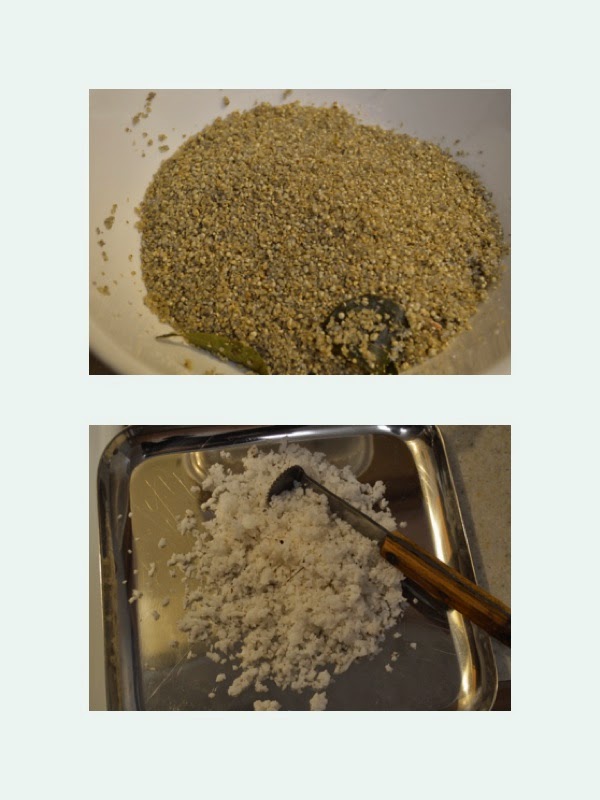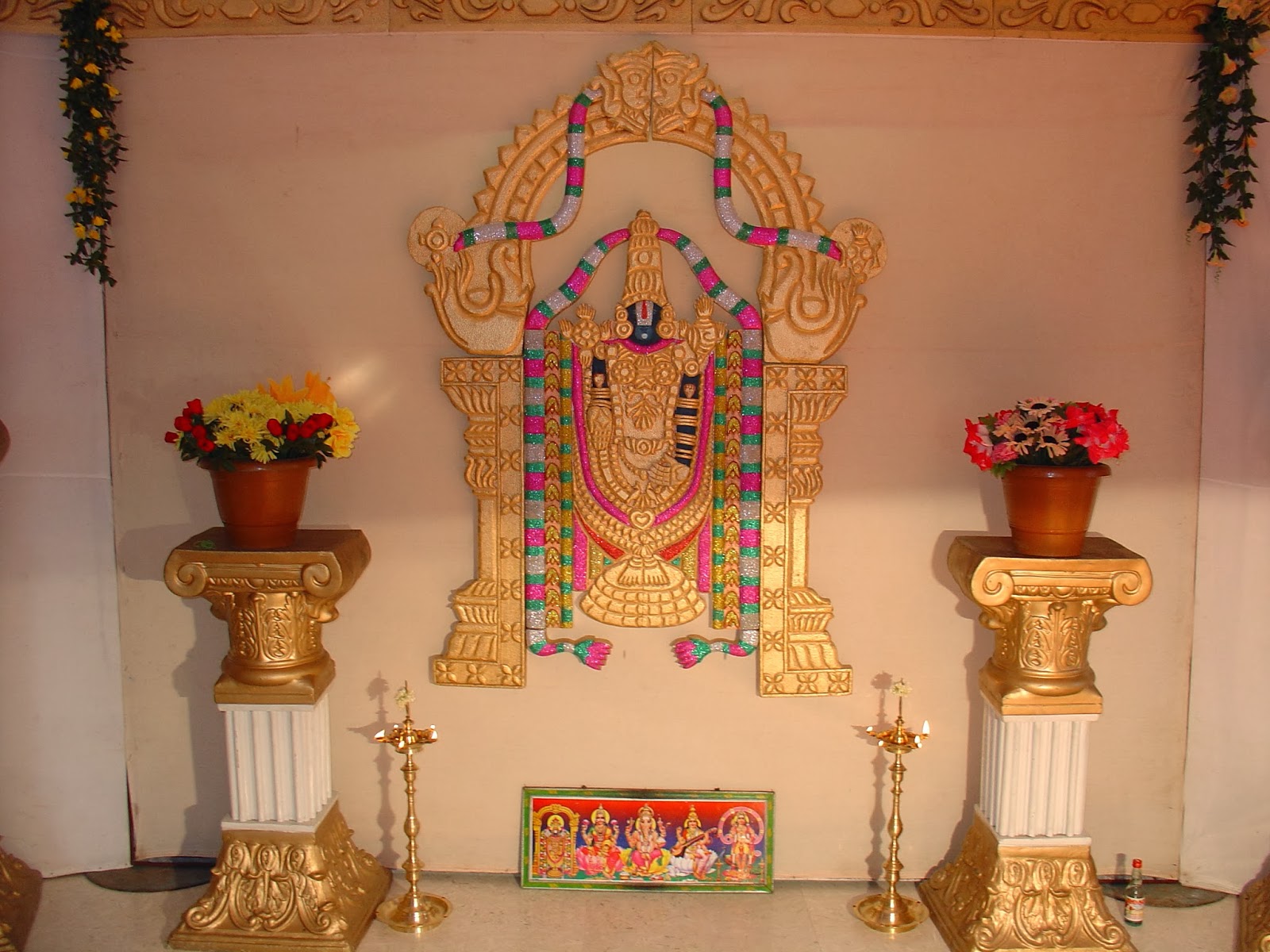Kambu Ukkaalai: A Very Old and Tasty Recipe
This post is an entry for a contest hosted by Shobs Kitchen. I have been following the Facebook page My Chennai for a while now. My Chennai is well-known for their prompt and interesting photographic updates about fun, food, places, beach, festivals, weather etc. in Chennai. I noticed the wonderful and appetizing Briyani at their cover page that led me to Shobs Kitchen. Shobs Kitchen is a blogging venture by Shobana Arunkumar, and I was excited to see the announcement for annual give away event commemorating the big event of reaching 500 likes on Facebook. Great going, Shobana! Hearty congratulations! Here is the event logo and announcement page for the contest:
http://shobskitchen.blogspot.com/2014/12/event-giveaway-announcement-2015.html
As a contestant, I find this opportunity to get introduced to many more food bloggers and to promote my blog among avid readers and food lovers!
When I decided to write this post, it was hard for me to find a name for this uncommon, yet traditional recipe. I am still not sure of the exact region and group it originated from, whether from Tamilnadu or from Karnataka! Or, it could be a result of the beautiful amalgamation of two non-distant cultures! A border effect, may be.... Tannada... Based on how the preparation goes, it can be named as "puttu" - a common recipe from Kerala and Tamilnadu, or it can also be called as "Ukkaalai" - according to the food dictionary of Tannadigas (People with Kannada genes living in Tamil environment since a long time). I have more reasons to believe that it is a Tamil-based recipe, as I have been constantly hearing my Mom and Grand-mom say that it is prepared the day after Pongal! When it comes to food, taste matters, and when it does, a few avid food lovers would like to dissect its origin. So did I.
Coming to the recipe, the main ingredient is kambu or bajri or pearl millet. The other side-ingredients that go in it are the unusual ones - Crushed garlic pod with peel, a few crushed curry leaves, carom seeds (omam in Tamil and ajjwain in Hindi), coconut and sugar or jaggery. Stunned? You will be stunned at the taste too! I rummaged through the cook books and several popular blogs to get anything close to this one. Luckily, I didn't find any. I did not reinvent the wheel here, but someone did, many decades ago. It is as aspiring to present it here as it is to have created this healthy, tasty and traditional recipe!
As I mentioned in an earlier post, harvest festival was lot of work those days. Men, women, kids and animals were equally involved in every task spooled around this herculean task. After the tiring three-day festival, everyone needed rest. I was told that, after Pongal celebrations, very light food was made the following day. No iron skillets or pans were used for two days after the Pongal day. They used brass pots to steam "Ukkalai", and that was it for the day! How convenient? Poor pithrus... They didn't know about noodles, pizza and Briyani Pointe!!! Thanks to them. I wouldn't be writing this if they had the option of the aforementioned trio!
Ingredients:
Pearl millet - 1 cup
Coconut - 4 tablespoons
Sugar or crushed jaggery - as per taste
Garlic - 1 pod, crushed with the peel
Curry leaves - 4 leaves, slightly crushed with mortar and pestle
Carom seeds - quarter teaspoon, slightly crushed with mortar and pestle
Method:
1. Wash the millet, drain water and spread it on a clean towel to get rid of moisture.
2. Dry roast the grains at medium flame for about 7-8 minutes.
3. Pulse the dry grains in a blender, very gently. It should be coarse.
4. Boil a cup of water, and sprinkle on the coarsely ground grains. Mix with hand to avoid lumps. This is to bring in slight moisture in the coarse powder. It helps in efficient steaming. The coarse powder should be moist but not wet.
4. Boil a cup of water, and sprinkle on the coarsely ground grains. Mix with hand to avoid lumps. This is to bring in slight moisture in the coarse powder. It helps in efficient steaming. The coarse powder should be moist but not wet.
4. Now add the crushed garlic, carom seeds and curry leaves. Take a clean, white, cotton cloth, and transfer the contents in bowl. Bundle it up gently, and place it in the idli steamer. Let it steam for 15 to 20 minutes.
5. The best way to know that it is cooked is to taste it. Trust me, it is the most efficient way for which I have always got admonishments from the kitchen queens in the family! Who cares now? I am the uncrowned queen here....
6. Transfer the contents of the cloth into a bowl. Add sugar when it is hot, and flatten it tight. Once it is cool or warm, add grated coconut, mix well, and ENJOY THE TASTE!
I used freshly grated coconut. I don't use store-bought frozen coconut. I usually buy coconut, break it, grate it and store it in freezer.
Hope you all enjoyed reading the recipe and the philosophy that went into it. I have to chatter a bit before I get to this recipe. Hope you enjoyed that as well!
Hope you all enjoyed reading the recipe and the philosophy that went into it. I have to chatter a bit before I get to this recipe. Hope you enjoyed that as well!
In recent days, I have come with an extra effort of clicking pictures at every step of the recipe while it is being made, mainly to explain it better and to make it more appetizing. I have to improve my camera skills a bit, but as always, it may take sometime as I am already pre-occupied with exhibiting many avatars for a better survival! Bear with me, friends.
Thank you all for your continuing encouragements, love, support, likes and comments. You have no idea how happy I become counting those likes....
Please do let me know if you are familiar with this recipe or any of its kind. I am curious to know the story behind it!
Please do let me know if you are familiar with this recipe or any of its kind. I am curious to know the story behind it!
Try out this recipe, and do let me know how it turned out. Happy Pongal, Maattu Pongal and Thiruvalluvar dina vaazhthukkal! Happy cooking and happy eating!








this is very healthy food,useful for fitness
ReplyDeletewedding sarees online | salwar kameez online | sarees online shopping | buy indian sarees online | saree manufacturers | cotton sarees online | salwar kameez wholesale | designer sarees online
i will try it,healthy food
ReplyDeletebuy indian sarees online | saree manufacturers | cotton sarees online | salwar kameez wholesale | designer sarees online | bridal sarees